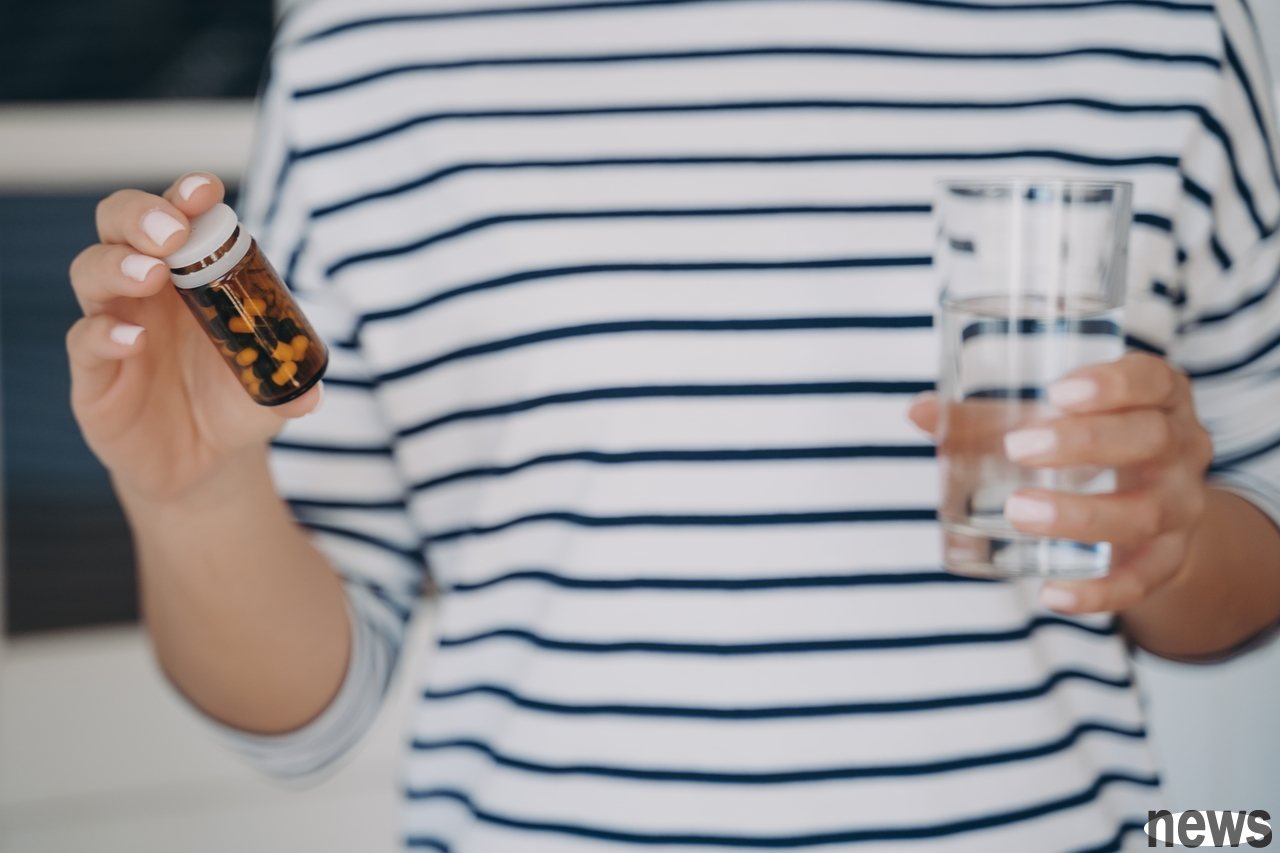Yesterday (2022-11-23) Journal of the American Medical Association JAMA published Statin-Associated Muscle Symptoms Among New Statin Users Randomly Assigned to Vitamin D or Placebo (statin-related musculosis in users of new statin drugs randomly ass...

Yesterday (2022-11-23) Journal of the American Medical Association JAMA published Statin-Associated Muscle Symptoms Among New Statin Users Randomly Assigned to Vitamin D or Placebo (statin-related musculosis in users of new statin drugs randomly assigned to Vitamin D or placebo). The first author is Dr. Mark Hlatiky, a professor at Stanford University. Seven of the other eight authors are professors or researchers at Harvard University.
Study machine: Related Muscle Symptoms (SAMS) of Statin-type drugs are common and often lead to discontinuation. Several observational studies have shown that low levels of vitamin D are related to the development of SAMS, and have proposed a reasonable mechanism to connect low levels of vitamin D with the development of SAMS. There are even non-random, non-controlled research reports that many patients who stop taking statin drugs due to SAMS and receive vitamin D treatment can tolerate reintroduction of statin drugs. In patients with lower vitamin D levels (below 30 ng/mL), supplementation of vitamin D may be particularly effective in preventing SAMS. Previous studies have shown that vitamin D may reduce intolerance of statin drugs, but these studies are neither random, blind, nor control groups. To the best of our knowledge, there is no report on random, soothing agent-controlled clinical trials for vitamin supplementation to prevent or treat SAMS.
Vitamin D and Omega-3 Experiment (VITAL) study assigned 25871 participants to double-blind vitamin D The supplement set was to determine whether it could prevent cardiovascular disease and cancer and provided a unique opportunity to test whether vitamin D could reduce SAMS in participants taking statin drugs. The purpose of this VITAL sub-study was to test whether vitamin D was associated with significantly reducing SAMS in new statin drugs and to determine whether vitamin D was more effective for participants with lower serum 25-OHD levels at random.
Study: Among the first-time statin drug users, 1033 were taking vitamin D (2,000 units per day), while the other 1050 were taking comfort drugs, but they did not know that they were taking vitamin D or comfort drugs. Their average age is 66.8 years old, while 49% are female.
Research Methods: Responsible people fill out a question paper to answer the name of the statin drug they use, whether they have musculoskeletal pain or inappropriate after taking the statin drug for more than a few days, and whether they stopped taking the statin drug because of this inappropriate. Researchers conduct statistical analysis of these data.
Result:
In more than 4.8 years of visits, people who experienced SAMS:
⚫Vitamin D group: 317 people, accounting for 31%⚫Putant group: 325 people, accounting for 31%
In more than 4.8 years of visits, people who stopped taking statins:
⚫Vitamin D group: 137 people, accounting for 13%⚫Putant group: 133 people, accounting for 13%
In less than 20 ng/mL Among the participants, SAMS occurred:
⚫Vitamin D group: 28 out of 85, the proportion is 33%⚫Pussia group: 33 out of 95, the proportion is 35%
Among the participants with vitamin D levels below 30 ng/mL, SAMS occurred:
⚫Vitamin D group: 88 out of 330, the proportion is 27%⚫Pussia group: 96 out of 323, the proportion is 30%
Conclusion: Participants who took the statin drug for the first time, regardless of whether they received vitamins at random. D and consolation agents both have similar high-frequency musculosis. This shows that vitamin D lacks a clinically important role in preventing musculosis.
Original text: Can vitamin D reduce the relevant musculosity of statin drugs?